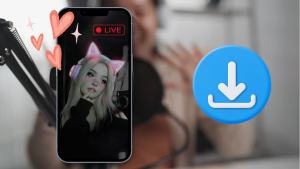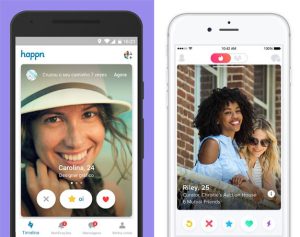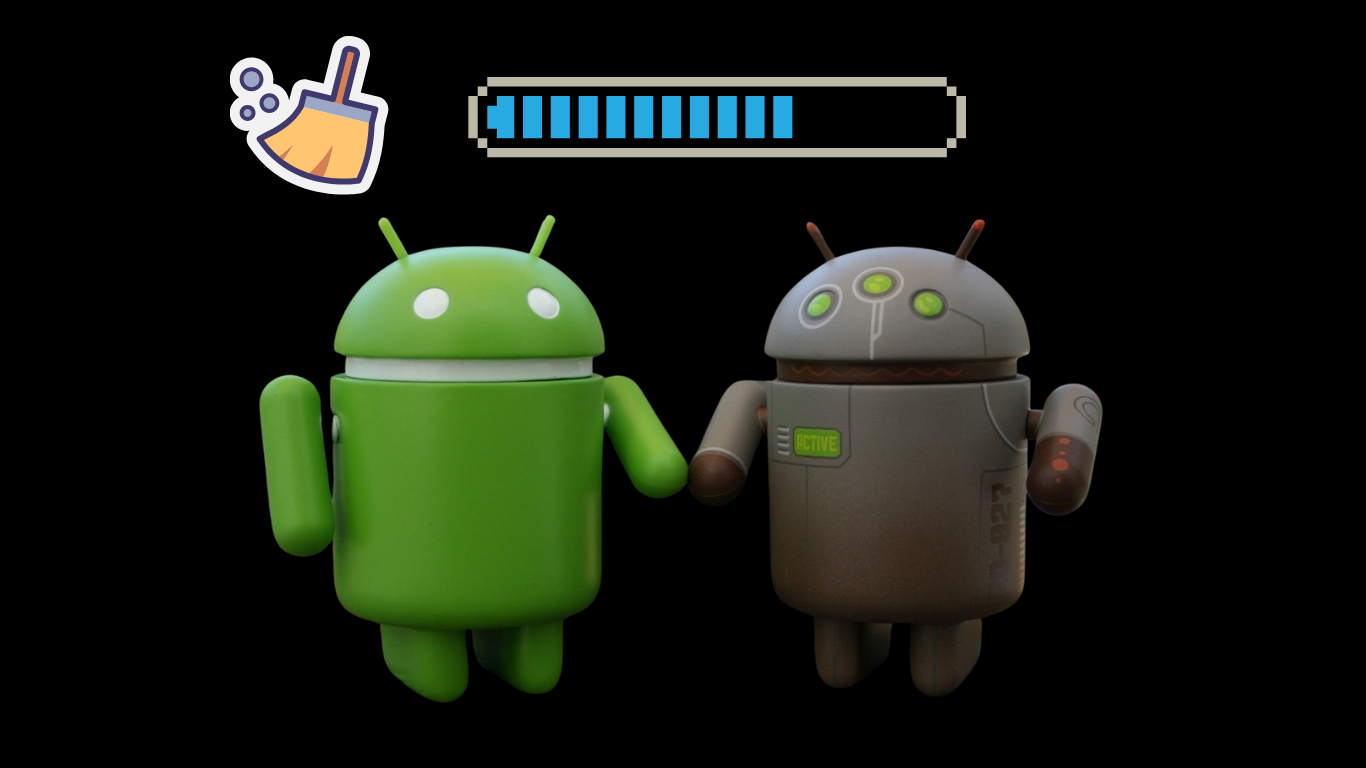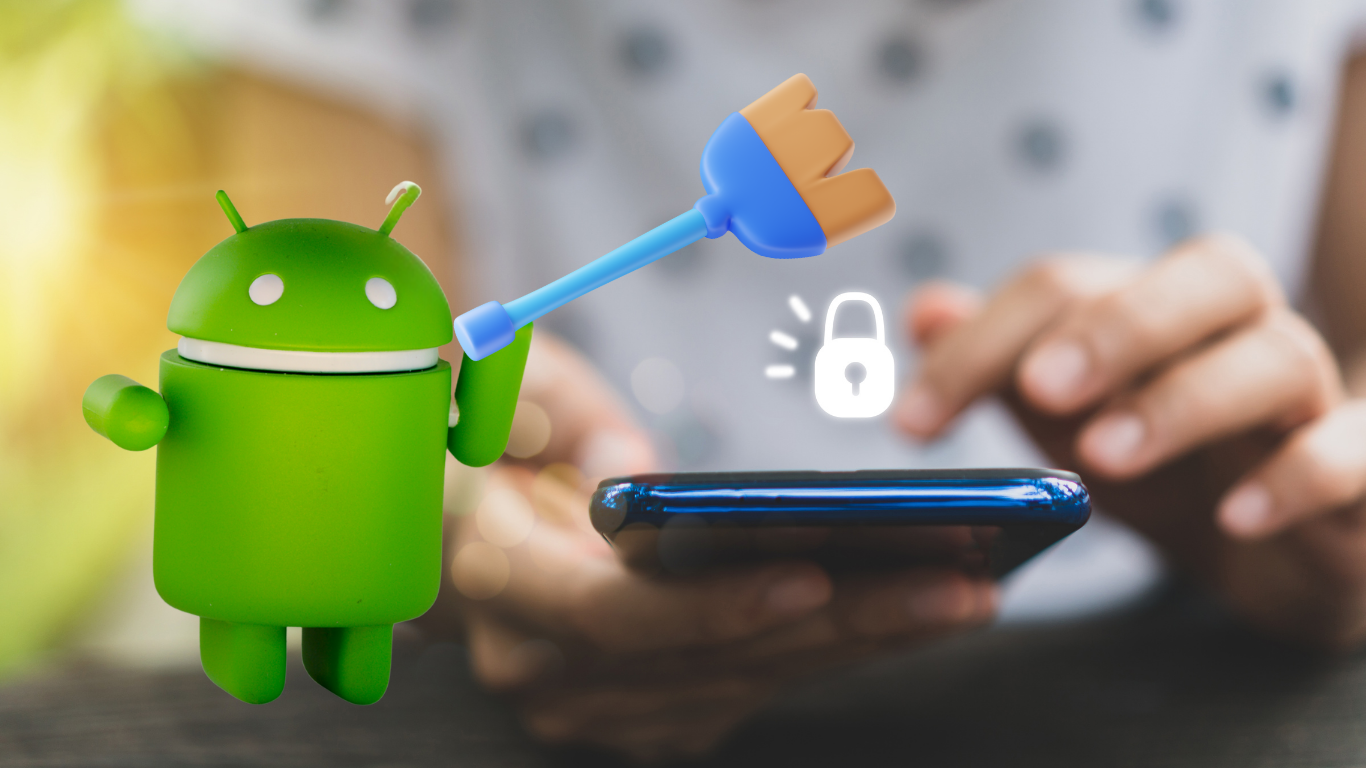Live chat apps
In today's digital landscape, real-time interaction has become a fundamental pillar of communication, whether for entertainment, customer support, or community engagement. Live chat applications are emerging as powerful tools that transform the online experience, allowing users and content creators to connect instantly and dynamically.
These platforms go beyond simple messaging, integrating with live broadcasts to create interactive environments where the audience can actively participate, ask questions, express opinions, and even influence the content in real time. The ability to foster an engaged community and offer immediate support are just some of the reasons why live chat has become indispensable in the digital world.
Advantages of Applications
Increased Engagement
Live chat apps provide a level of engagement that offline or asynchronous interactions can't replicate. The ability to send messages and receive responses in real time creates a sense of active and immediate participation, keeping the audience's attention and encouraging them to become an integral part of the experience. This creates a sense of community and belonging, crucial for user retention and building a loyal fan base.
Instant Customer Support
For businesses and brands, live chat is an invaluable customer support tool. Speedy resolution of questions and issues is a key factor in customer satisfaction, enabling immediate and personalized responses. This optimizes resources, reduces service time, and strengthens customer trust in the brand.
Community Building
The real-time interaction fostered by live chat apps is a powerful catalyst for building vibrant online communities. People can chat, share ideas, and react to each other, developing a sense of connection and belonging. Effective moderation is crucial to ensuring a safe and welcoming environment.
Monetization and Business Opportunities
Live chat apps open up a range of monetization opportunities. Content creators can receive donations, subscriptions, and sales, while businesses can use chat for product launches and interactive demos, driving sales and gathering valuable insights into consumer behavior.
Data Analysis and Insights
The vast amount of data and insights collected through live chat is incredibly valuable. Each interaction provides insight into the audience, revealing behavioral patterns, interests, and opportunities for improvement. These insights are crucial for data-driven decision-making, allowing platforms and creators to quickly adapt to market demands.
Global Reach and Accessibility
Live chat apps transcend geographic barriers, connecting people from different parts of the world. A live stream can be watched by millions simultaneously, opening doors to previously unreachable markets and cultures. Accessibility is crucial, with features like automatic captions and real-time translation expanding reach and usability.
Real-Time Feedback and Market Research
Live chat is a powerful tool for collecting feedback and conducting real-time market research. Creators and businesses can ask their audience direct questions and receive immediate answers, allowing for a deeper understanding of their audience's preferences and needs. This agility in data collection enables faster, more informed decision-making.
Collaborative Content Generation
Live chat apps enable collaborative content creation. Real-time interaction with the audience can inspire new ideas, drive discussions, and lead to content co-creation. This increases engagement and ensures that content is more relevant and resonates with the audience's interests.
Flexibility and Adaptability
Flexibility and adaptability are intrinsic characteristics of live chat apps. They are versatile for a variety of purposes, with customizable features like private chat rooms, message moderation, and poll integration. This adaptability allows creators and businesses to experiment with different formats and strategies.
SEO and Visibility Optimization
Live chat apps offer significant benefits for SEO and online visibility. Content generated in chats can be indexed by search engines, increasing its relevance for search terms. High user engagement and dwell time signal the quality of the content to search algorithms, contributing to better rankings.
Frequently Asked Questions
While both allow real-time messaging, live chat is typically integrated into a live streaming platform or website, focusing on interacting with a larger audience or providing customer support. Instant messaging services, such as WhatsApp or Telegram, are more geared toward private, direct conversations between individuals or small groups.
Safety and moderation are crucial. It's essential to use automated moderation tools to filter inappropriate content and have active human moderators to intervene in real time. Clear rules of conduct and the ability to report users are also important to maintain a safe and respectful environment.
Challenges include managing a large volume of messages, ensuring quick and accurate responses, dealing with trolls or problematic users, and maintaining the quality of interaction. Platform scalability and moderator availability are also important considerations.
Yes, definitely! Live chat is a powerful tool for sales and marketing. During live streams, companies can launch products, provide demonstrations, answer questions about offers, and even direct viewers to purchase pages. Real-time interaction allows brands to build trust, generate qualified leads, and drive conversions, transforming engagement into tangible business results.
Live chat significantly improves the user experience by offering instant interaction, fast support, and a sense of community. Users feel more connected and valued when their questions are answered in real time and their opinions are considered. This leads to greater satisfaction, loyalty, and deeper engagement with the content or brand.
Yes, many live chat platforms offer APIs and integrations with other tools, such as CRM systems, e-commerce platforms, social media, and analytics tools. This integration enables more efficient data management, process automation, and a unified customer view, optimizing the experience and operations.
Future trends include the integration of artificial intelligence for chatbots and automated moderation, advanced user experience personalization, the use of augmented and virtual reality for more immersive interactions, and the expansion into new content formats, such as interactive livestreams in metaverses and hybrid events.
While it's extremely useful for many types of content, such as game streams, tutorials, events, and Q&A sessions, its relevance can vary. Content that benefits from real-time interaction and immediate feedback thrives most when using live chat. For more passive content, chat may be less central, but it still provides a channel for feedback and engagement.
The success of a live chat can be measured by several metrics, such as the number of messages sent, audience engagement rate, average response time, customer satisfaction (via surveys or direct feedback), impact on sales or conversions, and community growth. Analyzing this data provides insights into the chat's effectiveness and areas for optimization.
Best practices include: defining clear rules of conduct, having active moderators, encouraging participation with questions and polls, responding to audience questions in real time, personalizing interactions, and using chat to gather feedback and insights. Fostering a positive and inclusive environment is critical to success.







